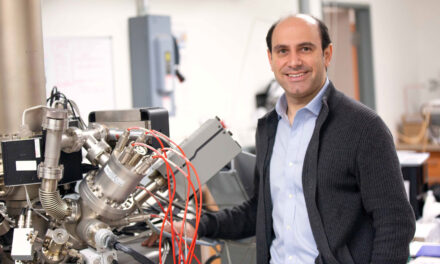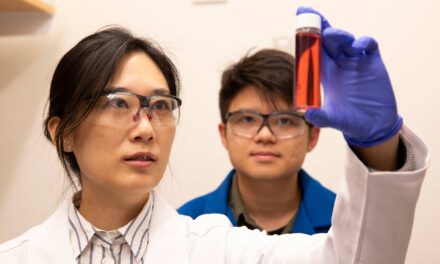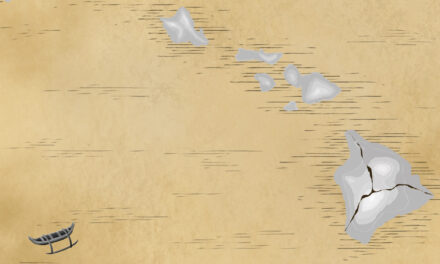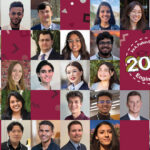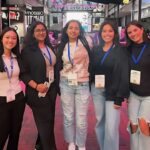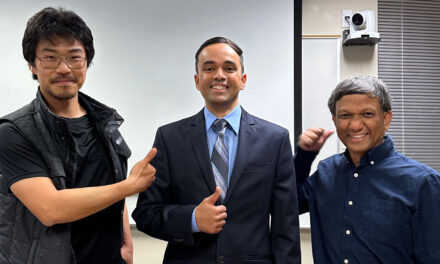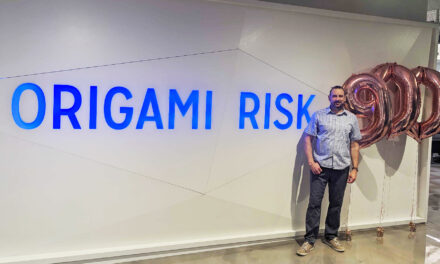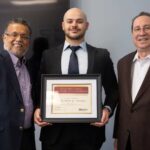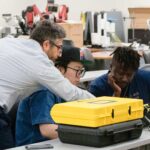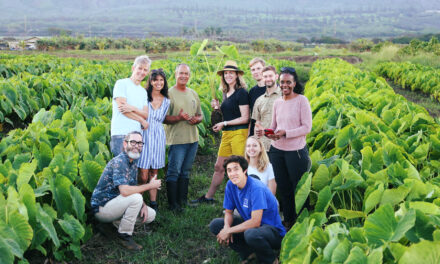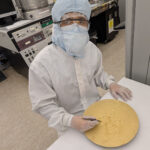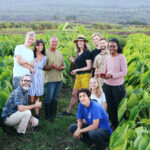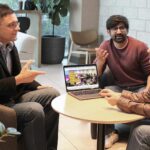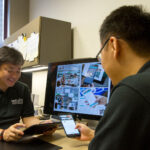
Teaching construction realities with virtual environments
ASU researcher Ricardo Eiris is developing an online platform to increase accessibility to valuable learning experiences
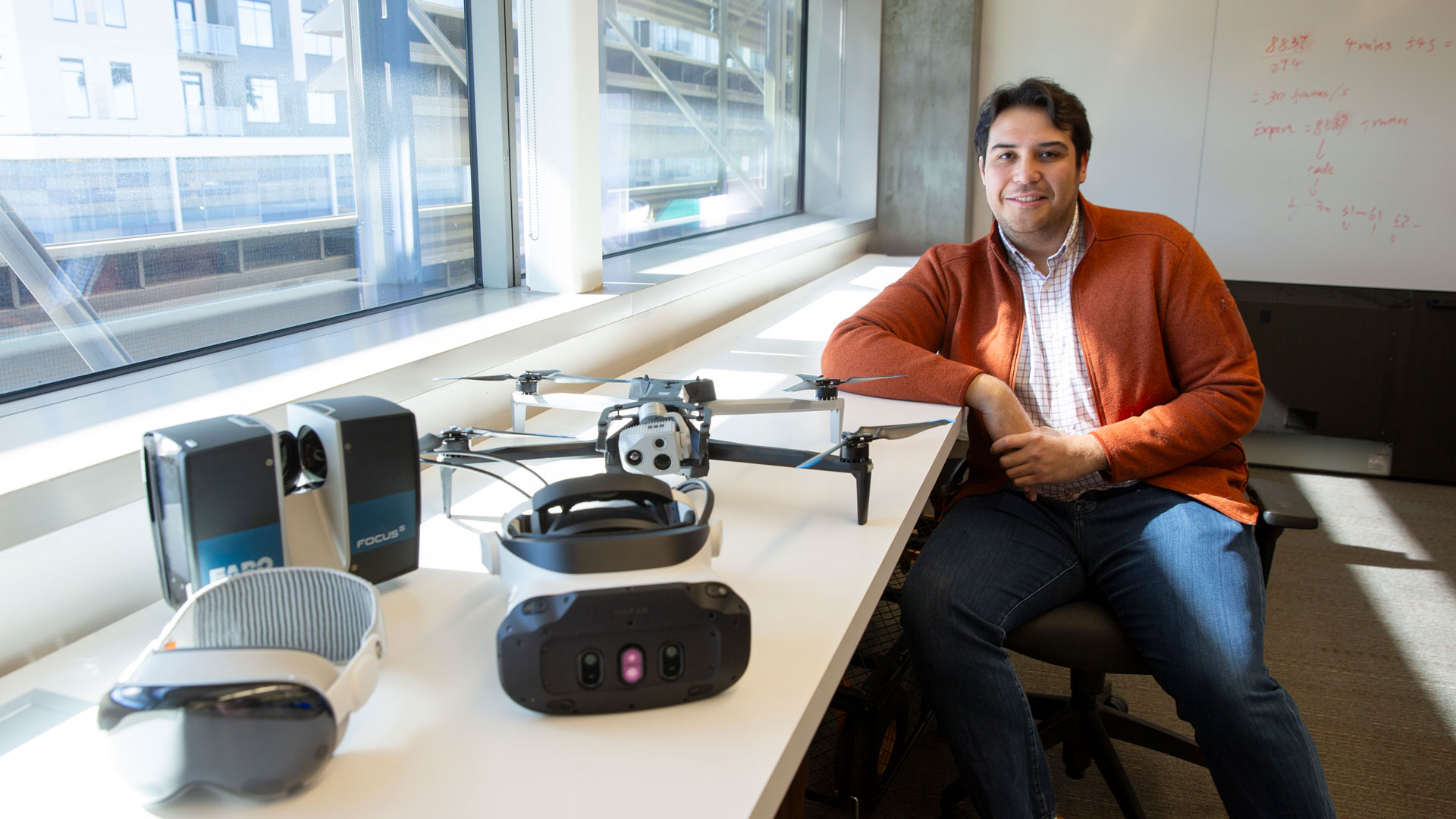
Visiting a construction site is a valuable learning opportunity for students who want to one day work in the industry. Experiencing the sights, sounds and other sensory elements of an active construction site, observing how people work together to solve problems, and witnessing the size and scale of equipment are all factors that help students understand what it takes to succeed in construction engineering and management.
However, field trips present many challenges for students and faculty members, including time commitments, resource constraints and safety concerns as well as access to nearby active construction sites relevant to current lessons. These excursions often don’t provide the hands-on learning experiences needed to develop 21st-century skills such as creativity, critical thinking, collaboration and communication.
To increase accessibility and enhance learning opportunities in construction education, Ricardo Eiris, an assistant professor of construction engineering and management in the Ira A. Fulton Schools of Engineering at Arizona State University, is leading efforts to develop a virtual reality field trip platform called iVisit. The project is supported by a four-and-a-half-year, $2 million National Science Foundation grant to enhance technical education for effective workforce development.
“In iVisit, groups of students and instructors can easily and repeatedly experience settings that were previously impossible to access,” says Eiris, a faculty member in the School of Sustainable Engineering and the Built Environment, part of the Fulton Schools.
Virtual reality, or VR, provides immersive experiences that can address many of the challenges associated with in-person field trips, but has had little widespread implementation in education due to the need for facilitators with specialized skills and dedicated hardware, such as VR headsets.
“iVisit will use web-based digital technologies to leverage the benefits of existing digital environments while removing the need for specialized hardware requirements by using an approach accessible from any device with a web browser,” Eiris says.
Eiris is working with an interdisciplinary team spanning the United States to ensure the platform is useful for a range of students and educators. Danielle Oprean, an assistant professor at the University of Missouri, lends her expertise in educational technology and user experience design for VR environments. Steven Weisberg, an assistant professor at the University of Florida, studies cognitive neuroscience and will support the team’s efforts to teach spatial communication skills with VR. Masoud Gheisari, an associate professor in the University of Florida’s M.E. Rinker, Sr. School of Construction Management whose research foci include technology-supported education, will contribute to experimentation with the new platform.
By making immersive, active-learning experiences more accessible, the team will create new pathways to success in engineering education and bring more underrepresented populations into the profession.
“If the iVisit project reaches its goals, I envision a future where immersive, virtual field trips are a cornerstone of engineering education and beyond,” Gheisari says. “This would open doors to global collaboration, enrich science, technology, engineering and mathematics [or STEM] curricula, and help students build crucial spatial and communication skills, effectively transforming the learning experience across diverse educational contexts.”
Teaching valuable spatial communication skills
One important lesson field trips can help teach is spatial communication, or the ability to visualize, interpret and make inferences when designing and building three-dimensional objects and structures — and communicating about these observations to others. These skills are particularly important in construction, where engineers and managers need to communicate their vision, ensure quality control and alert others for safety.
Weisberg says it can take more than words to convey information about 3D concepts like these. People often use their hands or even whole bodies to illustrate a concept, or sketch it out for a clearer and more permanent visualization.
“Giving students the opportunity to gesture or draw with one another in a VR space will allow them to practice skills they’ll actually use when communicating spatial information more effectively than reading a text or listening to a lecture alone,” Weisberg says.
The iVisit platform provides a shared spatial context, which enables more effective communication and learning. Just like at a construction site, for example, the team can look at the same physical space and talk about it.
Oprean says one of the challenges the team will need to overcome is the lack of standardization and poor design in the use of existing VR tools for learning. Good instructional design practices and well-designed user experiences ensure the experience is engaging and meaningful for students.
“Spatial communication is challenging to teach in VR, and very few researchers are looking into this particular need within STEM disciplines such as construction,” Oprean says. “iVisit’s innovation is mixing standards of instruction for virtual site visits with spatial information to inform practice.”
Gheisari uses simulations and virtual 360-degree visualizations in his own construction engineering and management courses to help provide additional hands-on learning experiences. He and Eiris have been working on the foundational research of iVisit since 2018.
“These technologies enable students to interact with realistic, virtual environments that mirror complex, real-world conditions, which helps them build spatial awareness, problem-solving abilities and critical-thinking skills in a safe and controlled setting,” Gheisari says. “For example, VR simulations allow students to ‘walk through’ construction sites, conduct virtual inspections and assess safety issues as though they were physically present. By providing experiential learning opportunities that connect theory to practice, VR has greatly enhanced student engagement, retention and learning outcomes.”
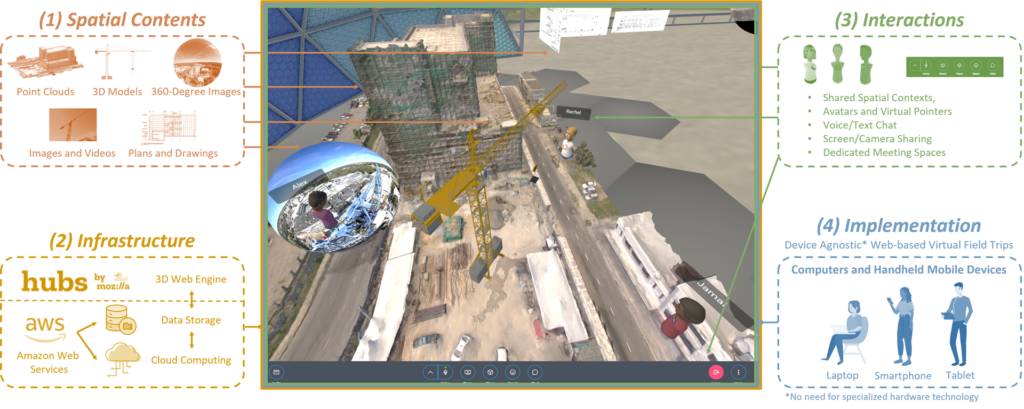
iVisit uses open-source web tools and Amazon Web Services data and cloud technologies to enable instructors and students to create and experience virtual environments and group interactions in a web-based platform that can be accessed on laptops, smartphones and tablets for a more accessible learning platform. Graphic courtesy of Ricardo Eiris
New worlds for new educational possibilities
iVisit is based on an open-source system developed by the Mozilla Foundation to create web-based, 3D virtual spaces. Eiris and the research team are adapting the system and integrating Amazon Web Services data and cloud technologies to create the new platform. During development, the team is focused on making the platform relevant to classes accredited by the American Council for Construction Education.
Eiris is also leveraging community connections from the Associated Schools of Construction, or ASC, to work with instructors to determine needs and implementation strategies for iVisit.
“The ASC has more than 140 universities that could be connected with this project,” Eiris says.
Then, the team will work with the ASC community of educators, including some ASU instructors, to design, develop and test the platform. Participating instructors will create field trip environments, implement the system in their classes, align the experience with their courses’ learning objectives and provide feedback for the next iteration of the design. By the end of the project, Eiris hopes to test the system in about 16 courses, reaching a total of 2,000 students across multiple institutions.
The end goal is for the iVisit system to allow instructors and students to create their own experiences and build a repository of virtual environments that anyone could use and modify to teach the skills necessary to be a construction industry professional — and beyond.
Looking beyond construction education
Field trips are not only important to teaching construction-related disciplines; any STEM discipline that interacts with the physical world could benefit.
For example, students looking to join the semiconductor industry could virtually tour a fabrication facility to gain a better understanding of manufacturing processes. Even abstract concepts could benefit from 3D visualization tools as part of the learning experience, such as visualizing the flow of electricity, which students normally cannot see.
“There’s an added benefit that because you have full control over these experiences, you can make abstract things physical and visually appealing to students so they can connect with the ideas,” Eiris says.
After the initial development phase of this project, Eiris hopes it creates a foundation for any instructor in any discipline to create virtual learning experiences to improve student learning and success, either in a classroom or in online learning.
“This is particularly important now because ASU and many other universities are trying to provide access to many, many students who traditionally do not have access to education,” Eiris says. “This alternative can lower the barriers to entry and welcome all into our classrooms.”


